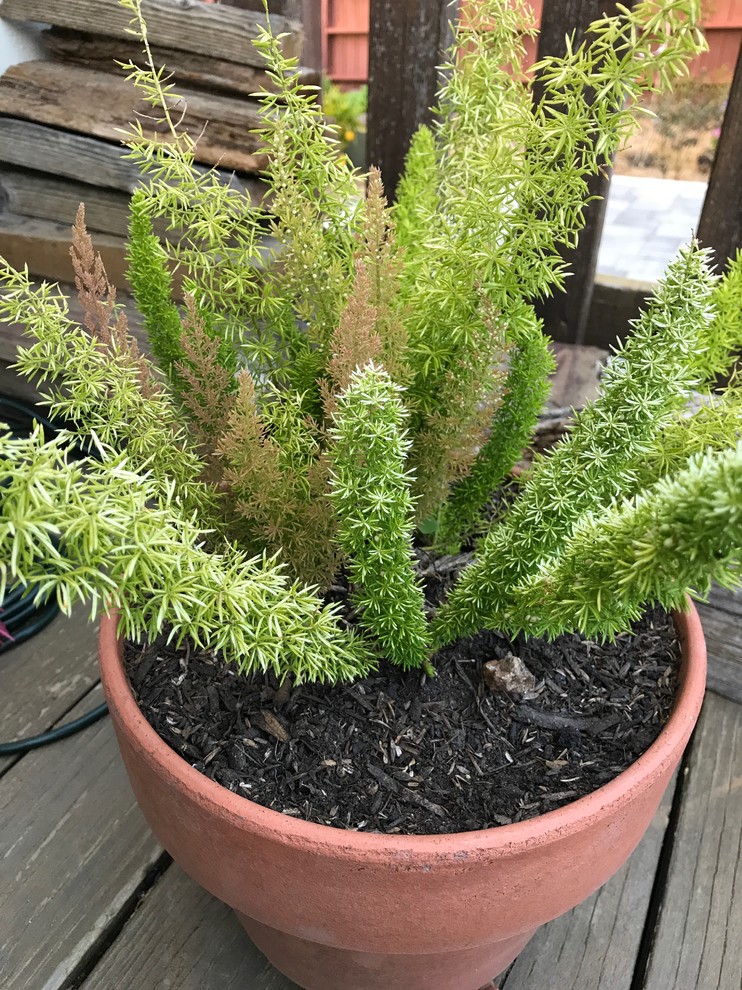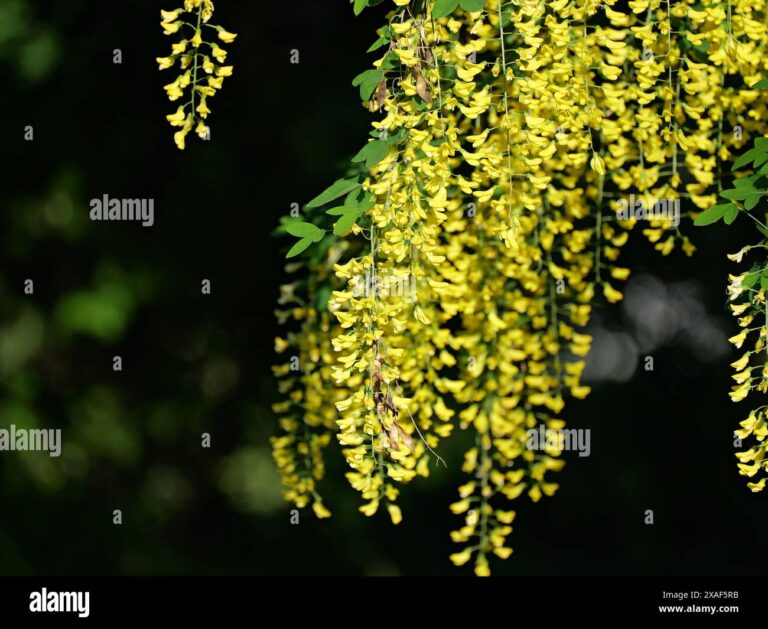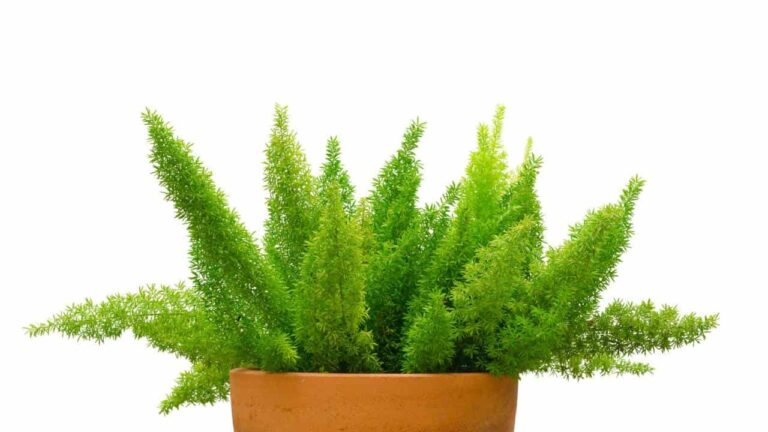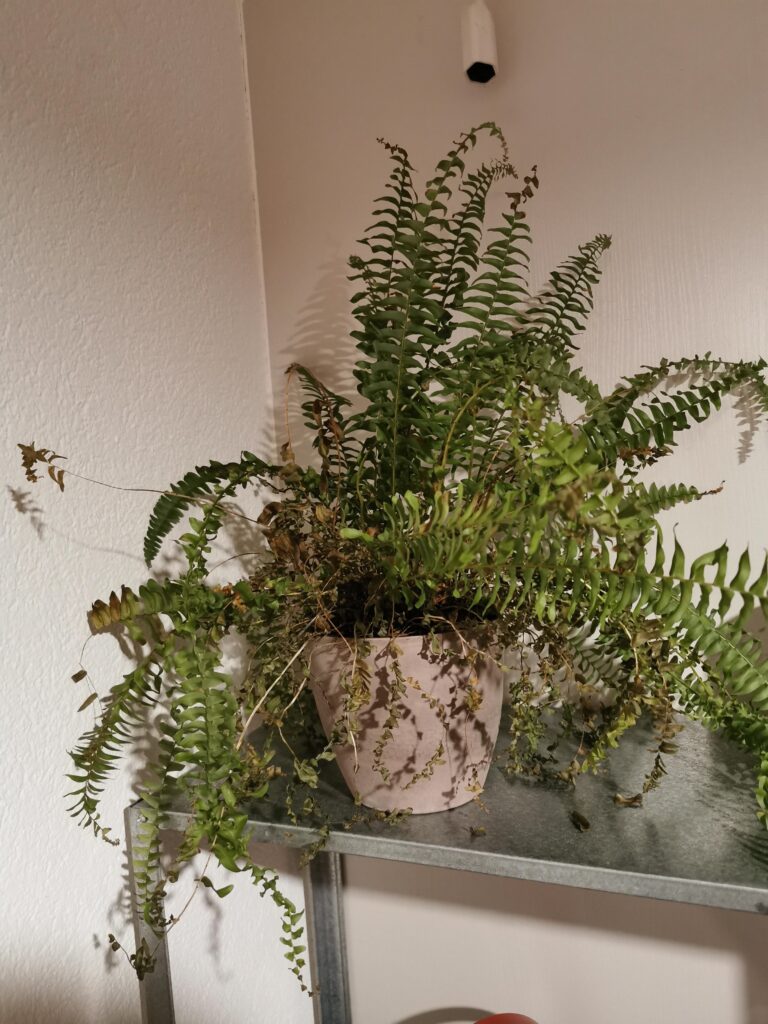Understanding Fern Browning
Ferns are a delightful addition to any indoor garden; however, a common issue many gardeners face is their fern plant turning brown. Understanding the causes and the impact of enzymic browning, which affects many plant species, can provide insights into proper fern care.
Causes of Browning
Several factors can cause ferns to turn brown:
- Watering Issues: Both overwatering and underwatering can lead to browning leaves. Overwatering can cause root rot, while underwatering can dehydrate the plant. It’s crucial to maintain consistent moisture levels (fern plant watering).
- Lighting Problems: Improper lighting, either too much direct sunlight or insufficient light, can stress the fern and lead to browning.
- Humidity Levels: Ferns thrive in high humidity environments. Low humidity can cause the foliage to dry out and turn brown. Using a humidifier or misting the plant regularly can help maintain appropriate humidity.
- Temperature Fluctuations: Sudden changes in temperature can shock the plant. Ferns generally prefer a stable temperature range.
- Pests and Diseases: Infestations by pests like spider mites or diseases such as fungal infections can lead to browning. Regular monitoring and prompt treatment are necessary.
Impact of Enzymic Browning
Enzymic browning is an oxidative process that often occurs in various plants when phenols react with oxygen in the presence of the enzyme phenolase. This reaction can cause visible browning in ferns similar to what is observed in fruits and vegetables.
- Oxidation Process: The exposure of plant tissues to air can lead to an enzymatic reaction that turns the fern’s leaves brown. This is exacerbated in conditions where the plant is damaged or stressed, such as from improper care or pest infestations.
- Nutrient Impact: The oxidation not only affects the plant’s appearance but may also impact its nutrient absorption, similar to how vitamin C is degraded in oxidized fruit. Maintaining optimal growing conditions can help reduce the risk of this browning.
- Inhibitors: Though primarily applicable to fruits and vegetables, inhibitors like acids (lemon juice) can slow down the browning process in other plant tissues. In the context of ferns, ensuring proper hydration and humid conditions can serve as natural inhibitors to the enzymic browning process.
Understanding these reasons behind your fern plant turning brown can aid in implementing effective care practices. Explore more specific fern care tips, including Boston fern care and Crispy Wave fern care, to keep your plants healthy and vibrant.
Common Issues with Ferns
Ferns, while beautiful and lush, can sometimes become challenging to maintain. Several factors can lead to the browning of fern leaves, including watering challenges, lighting requirements, and pest and disease factors.
Watering Challenges
Improper watering is one of the leading causes of a fern plant turning brown. Both overwatering and underwatering can cause significant stress to ferns.
- Overwatering: Excessive water can lead to root rot, a common issue where the roots of the fern begin to decay due to overly wet soil (Quora). Regularly checking soil moisture levels is vital. Use methods like inserting a bamboo skewer into the soil or employing an electronic moisture meter to ensure consistency.
- Underwatering: Conversely, insufficient watering deprives the plant of necessary hydration, causing the fronds to dry out and turn brown. It’s essential to keep the soil consistently moist but not soggy.
For detailed guidance on how much and how often to water your ferns, refer to our fern watering guide.
Lighting Requirements
Lighting plays a crucial role in the health of ferns. These plants typically thrive in bright, indirect light.
- Indirect Light: Most ferns, including the popular Boston Fern, flourish with filtered sunlight or moderate ambient light. Direct sunlight can scorch the delicate fronds, leading to browning and wilting.
- Low Light Conditions: While some ferns can tolerate lower light conditions, extended periods may impact their growth, causing stress and browning of the leaves.
Find more information on positioning your ferns in appropriate lighting in our article on fern plant light requirements.
Pest and Disease Factors
Pests and diseases can also contribute to the browning of fern leaves. Common culprits include:
- Pests: Insects such as spider mites, scale, and mealybugs can infest ferns, sucking the sap and nutrients from the leaves, leading to discoloration and browning. Regularly inspecting the underside of the fronds can help in early detection.
- Diseases: Fungal infections can develop in overly humid conditions or where there is poor air circulation around the fern. Symptoms include brown spots on the leaves or a general browning of the foliage.
To address and prevent these issues, maintaining proper humidity levels and ensuring good airflow around the plant is crucial. For further advice on managing pests and diseases in ferns, refer to the section on preventing and correcting browning in our detailed guide.
Understanding these common issues can greatly enhance the care and longevity of your fern plants. By paying close attention to watering practices, lighting conditions, and pest management, you can keep your ferns healthy and vibrant. For more general advice on fern care, check out our page on fern plant care.
Specific Fern Care Tips
Taking proper care of your fern is essential to prevent it from turning brown. While each type of fern has its own requirements, some general guidelines can help ensure your plant thrives. Below, we delve into care tips for two popular ferns: Boston Fern and Crispy Wave Fern, along with a comprehensive watering guide.
Boston Fern Care
Boston Ferns are known for their lush, green fronds and can add a touch of elegance to any interior space. Here are key care tips:
-
Lighting: Boston Ferns require bright, indirect light to thrive. Place them near a window with filtered sunlight or in a well-lit room. Direct sunlight can scorch the delicate fronds.
-
Watering: Keep the soil consistently moist but not waterlogged. Avoid both overwatering and underwatering to prevent root rot or dehydration, which can cause wilting. For detailed watering instructions, refer to the fern watering guide.
-
Humidity: High humidity levels are crucial for Boston Ferns. Use a humidifier or place a pebble tray with water near the plant to maintain the necessary humidity.
Crispy Wave Fern Care
The Crispy Wave Fern is notable for its unique wavy leaves. For optimal care:
-
Lighting: Position the fern in an area with indirect, filtered light to prevent sunburn and browning. Direct sunlight can lead to brown tips and patches.
-
Humidity: Increase humidity by using a humidifier or a pebble tray. Ensure proper maintenance to avoid mold and algae growth (Aerify Plants).
-
Location: Avoid placing the fern near air vents or drafts. High-humidity areas like bathrooms and kitchens are ideal for this plant.
Fern Watering Guide
Proper watering is crucial for preventing your fern from turning brown. Follow these guidelines:
| Fern Type | Watering Frequency | Key Points |
|---|---|---|
| Boston Fern | Keep soil moist | Avoid waterlogging and root rot. |
| Crispy Wave Fern | Once a week | Ensure even moisture |
- Consistency: Ferns prefer consistently moist soil. Check the soil regularly and water when the top layer feels dry.
- Method: Water the plant thoroughly until the water drains out of the bottom holes. Ensure the pot has proper drainage to avoid waterlogged conditions.
- Environmental Conditions: Adjust watering frequency based on the humidity and temperature of the surroundings. Higher temperatures and low humidity may necessitate more frequent watering.
By following these specific care tips, you can prevent your fern plant from turning brown and promote its overall health. For more tips on fern care, visit our articles on fern plant care and fern plant care indoor.
Troubleshooting and Solutions
Recognizing Signs of Distress
Identifying early signs of distress in your fern plant is crucial to prevent further damage. Common symptoms of a fern plant turning brown include browning of the leaf tips, drooping fronds, and discoloration. These signs can indicate issues related to water, light, pests, or nutrient deficiencies.
| Symptom | Possible Cause |
|---|---|
| Brown Leaf Tips | Overwatering or underwatering |
| Drooping Fronds | Insufficient light or water |
| Discoloration | Nutrient deficiency, pests |
Regularly inspecting the fern for these symptoms can help you take prompt action to rectify the problem.
Preventing and Correcting Browning
Once signs of distress are identified, steps should be taken to prevent and correct the browning. Here are some essential strategies:
-
Watering Balance: Maintain consistently moist soil but avoid waterlogged conditions. Both overwatering and underwatering can lead to browning due to root rot or dehydration (Homes & Gardens, Cafe Planta).
-
Lighting Conditions: Ensure that your fern receives bright, indirect light. Direct sunlight can scorch the fronds, causing browning. Position ferns near a window with filtered light or in a well-lit room (Cafe Planta, Quora).
-
Pest Control: Regularly inspect the fern for pests like aphids, mealybugs, and scale insects. If detected, use appropriate insecticidal solutions to treat the infestation and prevent browning.
-
Nutrient Management: Use a balanced, water-soluble fertilizer to keep the soil nutrient-rich and prevent deficiencies that can lead to browning. Make sure to follow the recommended dosage to avoid over-fertilization.
-
Humidity Levels: Maintain high humidity around your fern to prevent drying out. Regularly mist the fronds with demineralized water or use a humidifier to create a humid environment.
Propagating Healthy Ferns
Propagating healthy ferns ensures that you have vibrant and lush plants. Here are some steps and tips to propagate ferns successfully:
-
Division Method: The most common way to propagate ferns is by division. Carefully divide the fern roots and fronds into smaller sections, ensuring that each section has healthy roots and shoots.
-
Planting Process: Plant the divided sections in well-draining, nutrient-rich soil. Water them adequately and place them in a location with appropriate light conditions.
-
Aftercare: After planting, continue to provide the necessary care, including consistent watering, maintaining humidity, and protecting from direct sunlight. Regularly check for pests and apply fertilizers as needed.
Refer to our comprehensive guide on fern plant propagation for detailed instructions on propagating different fern varieties.
By understanding the signs of distress, implementing preventive measures, and following proper propagation techniques, you can ensure your ferns remain healthy and vibrant. For additional care tips and troubleshooting advice for ferns, visit our articles on fern plant watering and fern plant care in winter.




